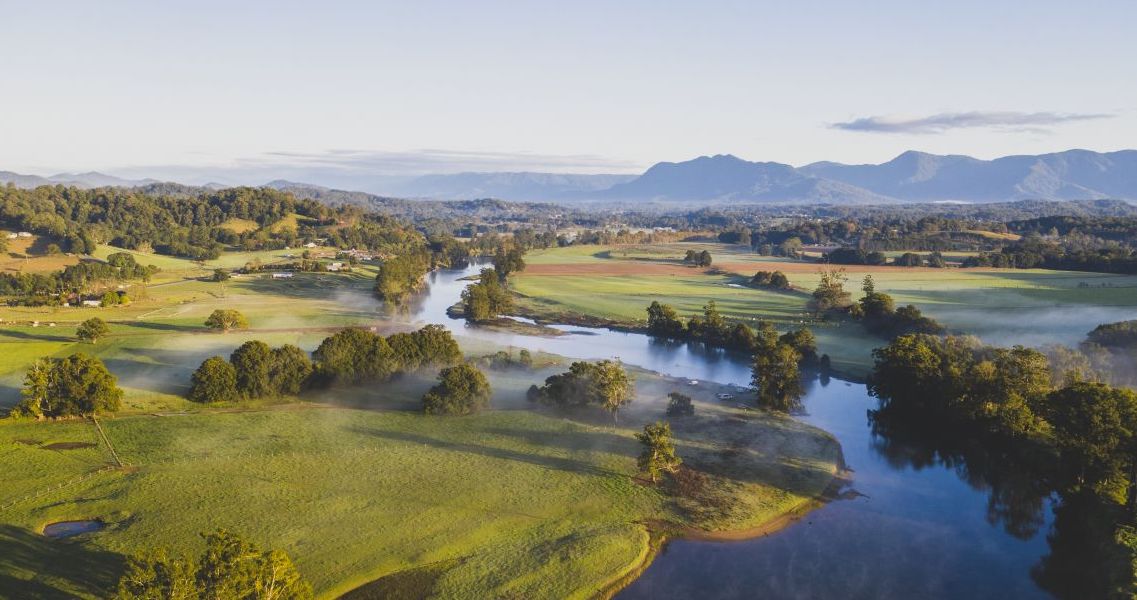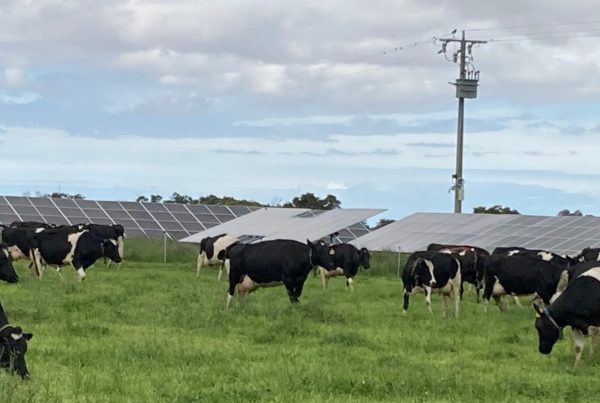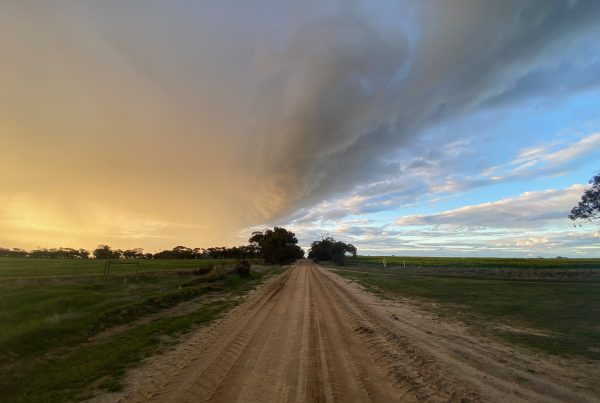Australia’s climate is getting drier as well as hotter. General strategies to adapt to more expensive, less reliable water include:
Reducing evaporation loss and run-off
- Using suspended and floating covers and mono-layer films on the water surface of dams, windbreaks, treated sewage and grey water for irrigation where available, and harvesting run-off from greenhouses and other structures, such as solar panels.
- Mulching with organic material/plastic, contour sowing, minimum tillage, claying, and growing crops under shelter and in greenhouses (which also allow for more accurate, computerised management of temperature, moisture, nutrient and other conditions).
Improving water storage and irrigation efficiency using smart technologies
- This may include watering at night, drip irrigation, subsurface drip irrigation, and improved irrigation scheduling based on careful monitoring of soil conditions and crop factors.
Building and maintaining the water-holding capacity and quality of soils
- Maintaining good minimum cover using cover crops and perennial pastures, and using organic mulches and manures.
- Help plants make better use of available soil moisture by improving soil structure, e.g. by adding gypsum, using organic mulches and manures, deep-ripping hard pans, and improving drainage to reduce waterlogging (e.g. raised beds, deep drains, etc.).
- Remove chemical constraints to root growth by targeted application of micronutrients and macronutrients, liming to reduce pH, and draining to reduce sodicity.
- Choose crop/pasture varieties, species and/or rootstocks better able to explore the soil profile.
Be flexible
- Change the crop/pasture/livestock mix anticipating changes in the cost and availability of water.
- Use available climate projections to plan for the need to relocate heat- and/or water-sensitive crops/livestock to cooler, wetter areas.
- In some areas, in part because of drying winters, frost risk has risen. Use more frost-tolerant varieties/species, manage stubble, and match sowing dates and species to better deal with frost risk.
Keep reading






